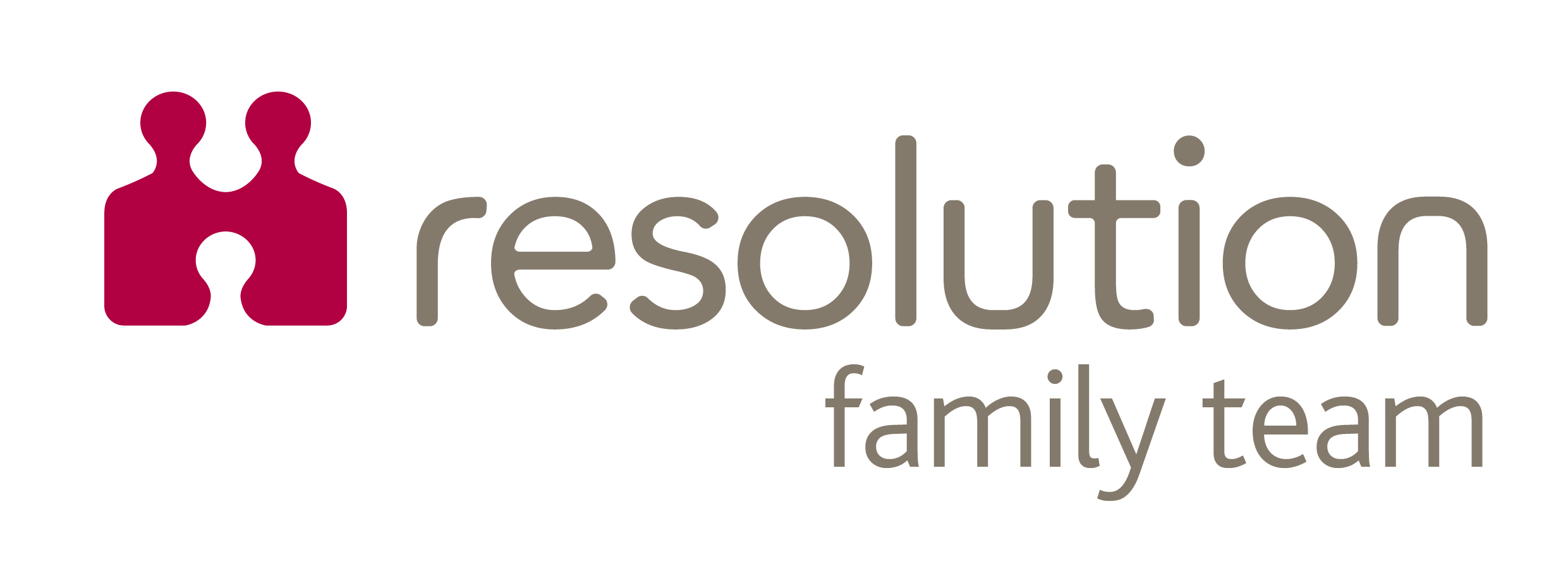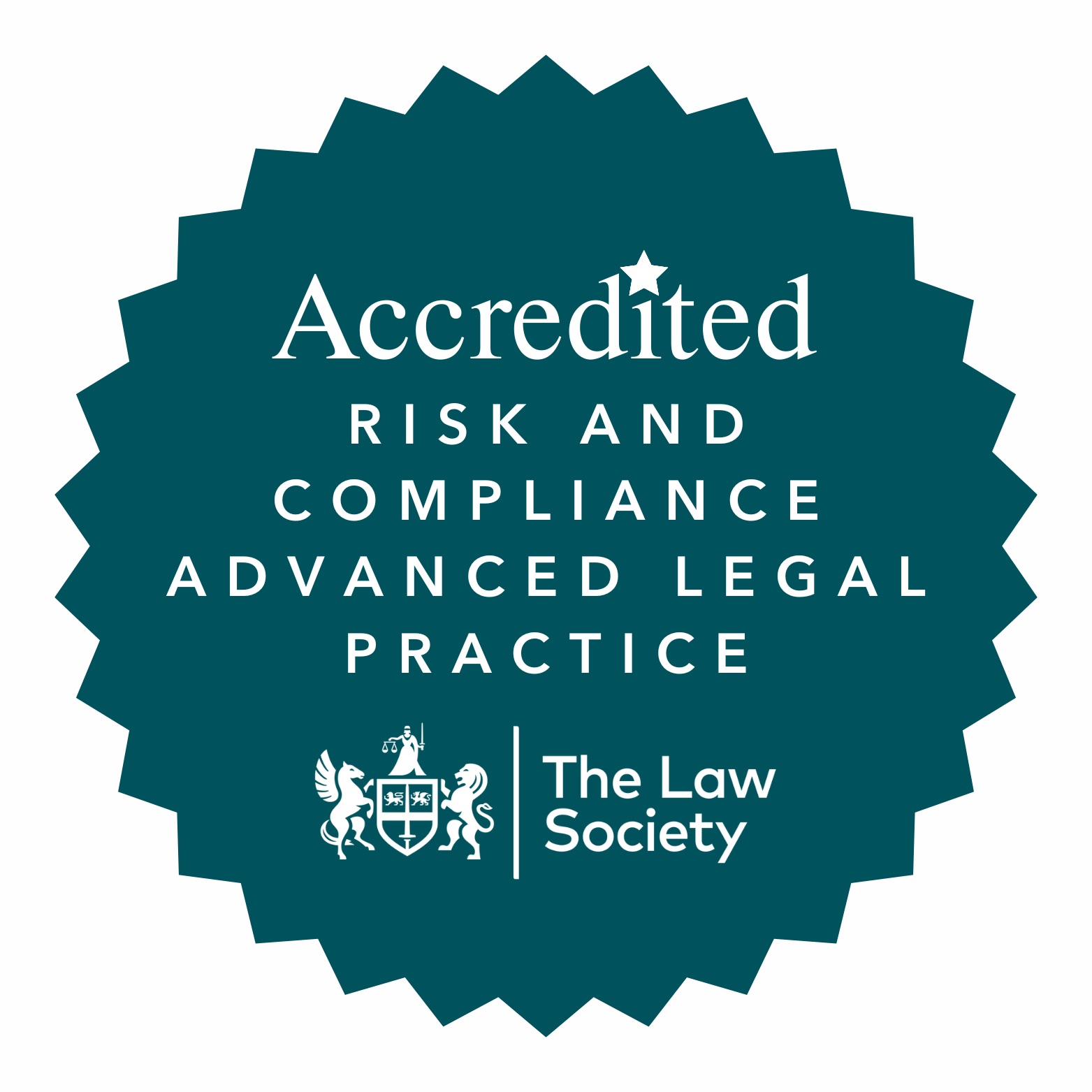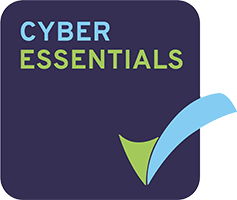In our first blog we advised that under the Modern Slavery Act 2015 (“the Act”) any ‘commercial organisation’ with a total turnover of £36 million or more and which supplies goods or services and carries on a business or part of a business in the UK, must issue a slavery and human trafficking statement for each financial year it reaches the turnover threshold to demonstrate there is no modern slavery in the business and/or their supply chains.
Initially, the requirement affects businesses with financial years ending on or after 31 March 2016 and the first statements for these businesses must be published by the end of September 2016.
In this second and final blog DTM Legal will address how risks in the supply chain should be assessed and managed, how issues can be mitigated and remedied and the consequences of non-compliance.
Risk Assessment:
Organisations are advised to appoint a person holding sufficient authority, resources and knowledge of the business to take responsibility for assessing and managing risk and delivering the compliance programme. Statutory guidance recommends it should be led by directors or partners so that issues can be dealt with at the appropriate level.
Ideally, representatives from human resources, public relations, procurement and compliance should be brought together to identify areas of weakness within the supply chain. After considering existing Corporate Social Responsibility (“CSR”), procurement and employment policies organisations should undertake an internal audit of the supply chain and, if possible, benchmark how their supply chain tackles modern slavery issues against similarly-sized competitors operating in the same sector. This process needs to be regularly reviewed so that it remains a living document which evolves with the organisation rather than a historical snapshot that may quickly become irrelevant.
Risk Factors:
Organisations should be alert to the fact that supply chains may include suppliers that operate or source from high-risk jurisdictions where labour practices and protections are poor. There might be inadvertent financing of modern slavery through lines of credit and businesses and their supply chains may be exposed to risk through business partnerships, joint ventures, agents or franchisees. It is for these reasons amongst others that a thorough understanding of the supply chain will be required on an ongoing basis.
Managing Risk:
Any steps to manage risks in the supply chain should be customised in response to the results of the organisation’s ongoing risk assessment and compliance programme. When organisations decide how modern slavery issues can be remediated or mitigated, time should be allocated to consider the extent to which they are able to influence suppliers and how long it might take to effect change based on where a supplier is located.
Reporting Modern Slavery:
Organisations must report any UK-based incidents of modern slavery immediately to the police. Statutory guidance indicates the most appropriate response to dealing with an incident outside of the UK is more nuanced and could involve contact with industry bodies, local non-governmental organisations (“NGO’s”), trade unions, local government or law enforcement bodies
Prevention or mitigation against labour exploitation will require an organisation to understand the issues facing suppliers from their perspective and organisations may reward compliance by offering suppliers ‘preferred supplier status’.
Contractual Provisions:
Organisations could consider including specific contractual obligations as an effective mechanism to ensure suppliers adhere to their modern slavery compliance programme. However, any contractual provisions will need to be tailored with the supplier, its risk profile, capacity to respond to contractual obligations, the relationship between the organisation and its supplier and the degree of influence that the organisation has over its supplier all in mind.
Contractual provisions that would help to alleviate exposure to risk include but are not limited to; obligations to comply with the Act and the organisations’ modern slavery compliance programme, warranties that applicable local laws and labour standards are being adhered to, obligations to comply with audits and investigations, termination rights where exploitation is identified and cascading requirements on the suppliers of suppliers to undertake satisfactory due diligence.
Dealing With Supply Chain Issues:
Not all organisations will have significant resources, however, by way of an example, Nestle tackled its Thai seafood supply chain issues by instructing a third party consultant to undertake a mapping exercise of its supply chain and followed this up with an NGO providing a detailed supply chain risk assessment. Together these led Nestle to send an emergency response team to remediate risks and establish a grievance mechanism that allowed for anonymous reporting, install a fishing vessel verification programme to assess working conditions on randomly selected boats and develop a best practice training programme for boat owners and captains amongst other measures.
Collaboration:
Whether organisations have significant resources or not, co-operation with other buyers in the same market may enable organisations to share local knowledge and due diligence processes. Additionally, collaboration with local NGO’s could assist with supply chain risk assessments, compliance, labour standards and potentially best practice training to local suppliers.
By taking risk assessment results into consideration, organisations are encouraged to develop KPI’s and introduce measures to rectify weaknesses in their supply chain and review the supply chain regularly to reduce the chance of vulnerability. However, it is important that KPI’s do not lead to unrealistic turnaround times or cost reductions on suppliers that would create the environment for labour exploitation.
Reporting:
Organisations should be mindful that any existing modern slavery reporting requirements, for example as part of a CSR report or, for UK quoted companies, their social, community and human rights details under the Companies Act 2007 (Strategic Report and Directors’ Report) Regulations 2013 (SI 2013/1970) are not seen as a replacement for the need to make a statement under s.54 Modern Slavery Act. However, information from other reports and policies can be used in the statement or a link to relevant publicity can be provided.
Non-compliance:
An organisation’s reputation is clearly at risk should they fail to comply with or report on the steps they are required to take in order to address modern slavery. Failure to publish a statement can lead to an injunction that compels the organisation to report with any subsequent failure and any negative publicity can be at great cost to a business in terms of brand perception, consumer trust and future orders.
For legal advice on how to comply with the supply chain transparency under the Modern Slavery Act or other corporate and commercial services speak to Alison Brennan 01244 354 815 or email alison.brennan@dtmlegal.com.







